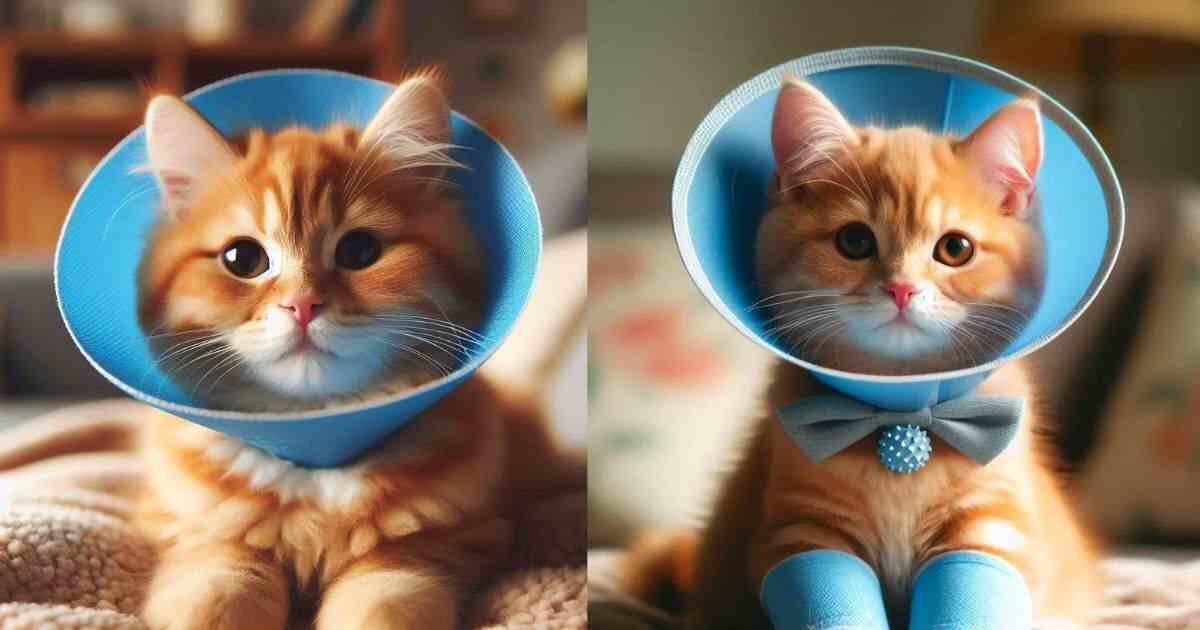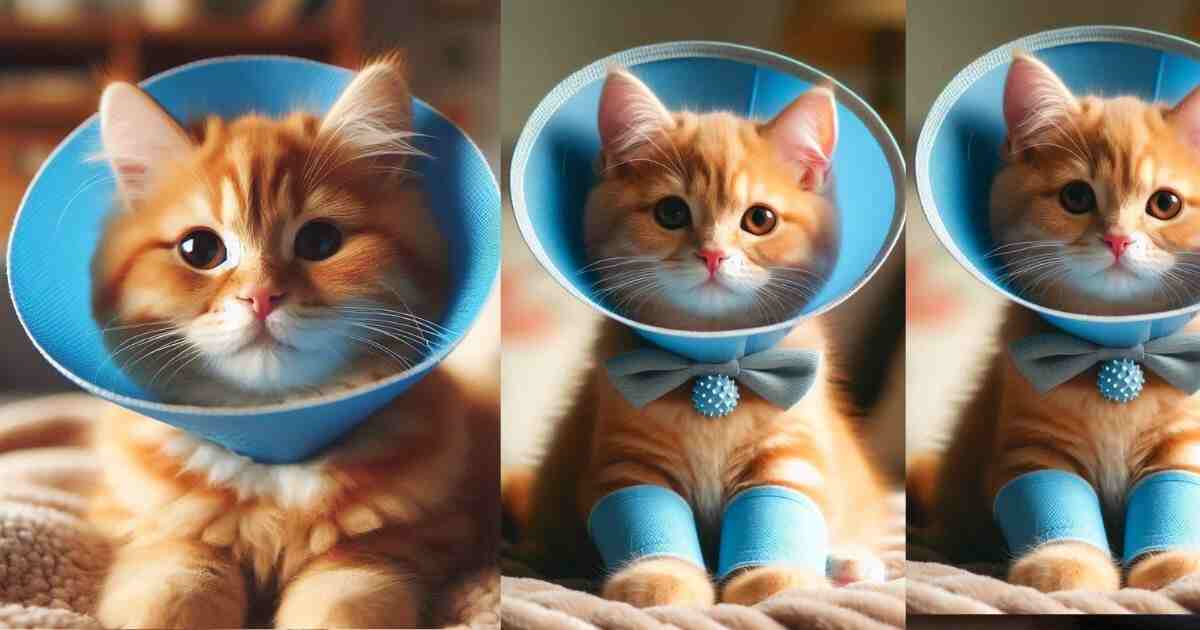How to Keep a Cone on Your Cat After Surgery
So, your cat just had surgery, and now they’re sporting the “cone of shame.” This post-surgery accessory, officially known as an Elizabethan collar, might seem straightforward, but getting your cat to keep it on? That’s a whole new adventure. Here’s a guide to help you keep that cone in place and your kitty comfortable.

Why the Cone Matters
The cone is more than a fashion statement; it protects your cat from licking or biting at the surgical area. Wounds heal faster, stay clean, and are less likely to get infected if your cat can’t meddle with them. Cats, however, aren’t exactly thrilled about the idea, so let’s ensure it goes as smoothly as possible.
Choosing the Right Cone
Size and Fit
It’s got to fit just right. Not too tight, but snug enough so it won’t fall off. You should be able to fit two fingers between the cone and their neck.
Material
There are different materials to choose from: hard plastic (durable but uncomfortable), fabric (soft but might not be effective), or inflatable (comfy but not foolproof). Pick one based on your cat’s needs (and their tolerance for discomfort).
Adjustability
Adjustable straps or Velcro closures make it easier to fit the cone just right. These little details can make a big difference when your cat is wriggling around.
Introducing the Cone
Cats are often suspicious of new things, especially ones that look like UFOs. Here’s how to ease them into it:
Start Early
If possible, let your cat wear the cone for short bursts before the surgery. It helps them get used to the sensation. Reward them with treats and toys to associate the cone with good things.
Use Positive Reinforcement
Bribe them with affection, toys, and treats. Positive associations can help reduce their stress and make them more accepting of the cone.
Securing the Cone
Follow the Instructions
Secure the cone according to the instructions, checking that it’s fastened well but not too tight. Double-check that it’s not slipping off or irritating their skin.
Try Double Collaring
Adding a regular collar underneath the cone can give extra security if your cat is an escape artist. It can keep the cone in place and make it harder for them to wiggle out.
Keeping an Eye on Your Cat
Once the cone is on, monitoring is key. Here’s what to look out for:
Regular Checks
Keep an eye out to see if they’re trying to paw it off or if it’s causing any irritation. Excessive scratching or rubbing could mean it’s too tight or uncomfortable.
Make Them Comfortable
A cozy, quiet spot to rest helps them settle down. You may need to adjust their food and water setup raising their bowls can help them eat and drink more easily with the cone on.

Alternatives to Traditional Cones
If the hard plastic cone isn’t working, consider some alternatives:
Soft Cones
These are less restrictive and more comfortable but still provide some protection.
Inflatable Collars
These work like neck pillows. While comfier, they might not prevent all licking, so they’re better for less determined cats.
Recovery Suits
Think of these as an onesie for cats. They cover the wound directly and can be a good alternative, especially if your cat dislikes the cone.
Read More: What Does It Mean When a Cat Brings You a Dead Mouse?
FAQs | How to Keep a Cone on Your Cat After Surgery
Q1: How long should my cat wear the cone?
A: Generally, 10–14 days or until your vet says the wound is fully healed.
Q2: Can my cat sleep with the cone?
A: Yes, Just make sure their sleeping area is comfy and roomy enough.
Q3: What if my cat won’t eat or drink with the cone on?
A: Try raising their bowls or switching to a softer cone. If they’re still not eating, talk to your vet.
Q4: Are there cone alternatives?
A: Yes, you’ve got options soft cones, inflatable collars, and recovery suits. Your vet can help you pick what’s best.
Q5: How should I clean the cone?
A: Use mild soap and water, and make sure it’s fully dry before putting it back on.
Q6: What if my cat is super stressed by the cone?
A: Try calming them with gentle petting and soothing words. If they’re still stressed, consult your vet about other options.
Q7: Can I take the cone off for short breaks?
A: Only if you can keep an eye on them to prevent licking or biting. Always follow your vet’s advice.
Q8: How do I know if the cone is too tight?
A: The fit should be snug but not tight. You should be able to fit two fingers between the cone and their neck.
Q9: What if my cat manages to get the cone off?
A: Make sure it’s properly secured. If they keep removing it, ask your vet for advice.
Q10: How can I make my cat more comfortable?
A: Give them plenty of love, toys, and treats. A calm, cozy environment makes all the difference.
In Summary
Keeping a cone on your cat is crucial for their recovery. Pick the right cone, introduce it gradually, and make sure it’s fitted well. With regular monitoring and a bit of patience, your cat will adjust.
The cone is temporary, but it’s vital for helping them heal properly. Soon enough, they’ll be back to their old, playful self minus the cone.